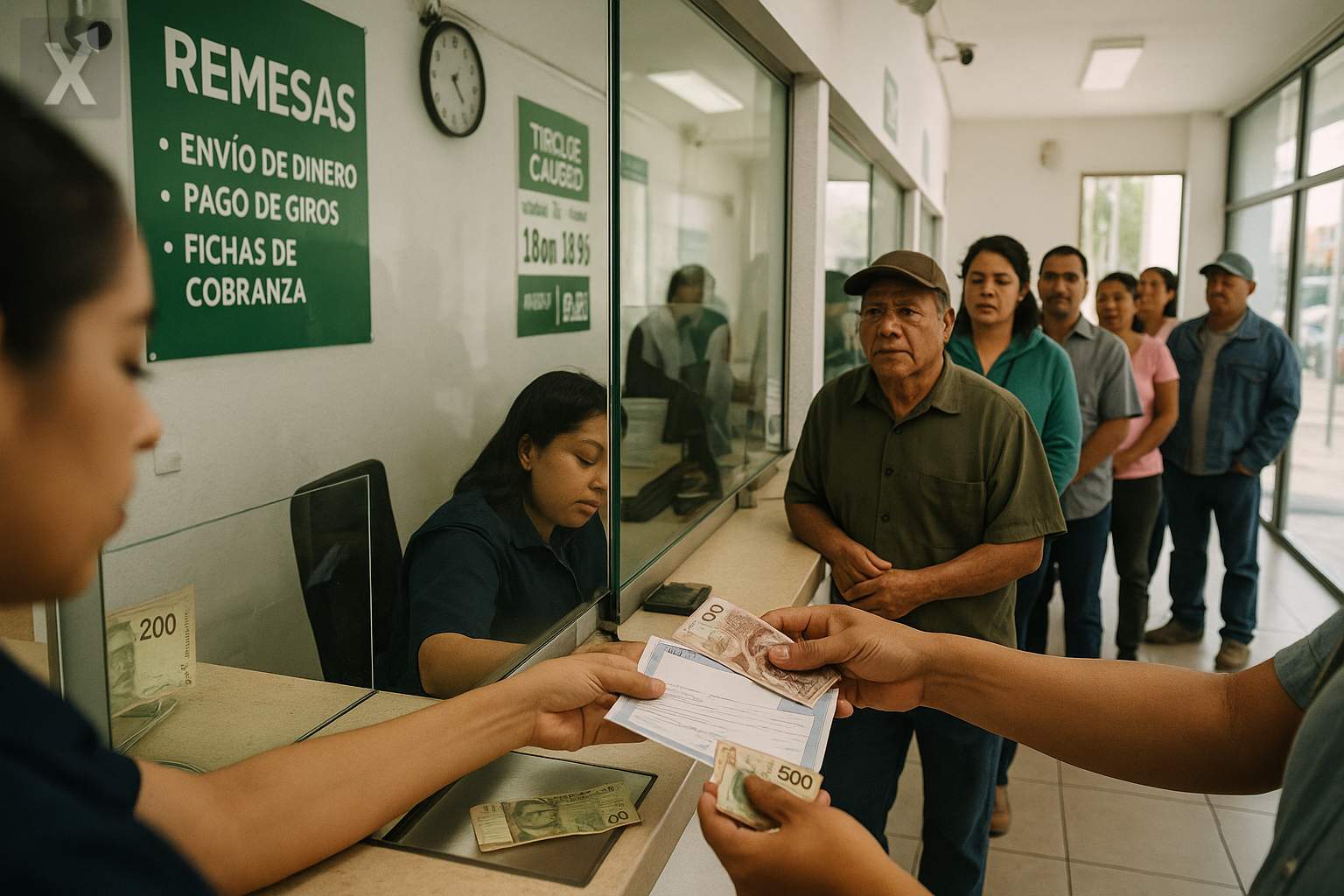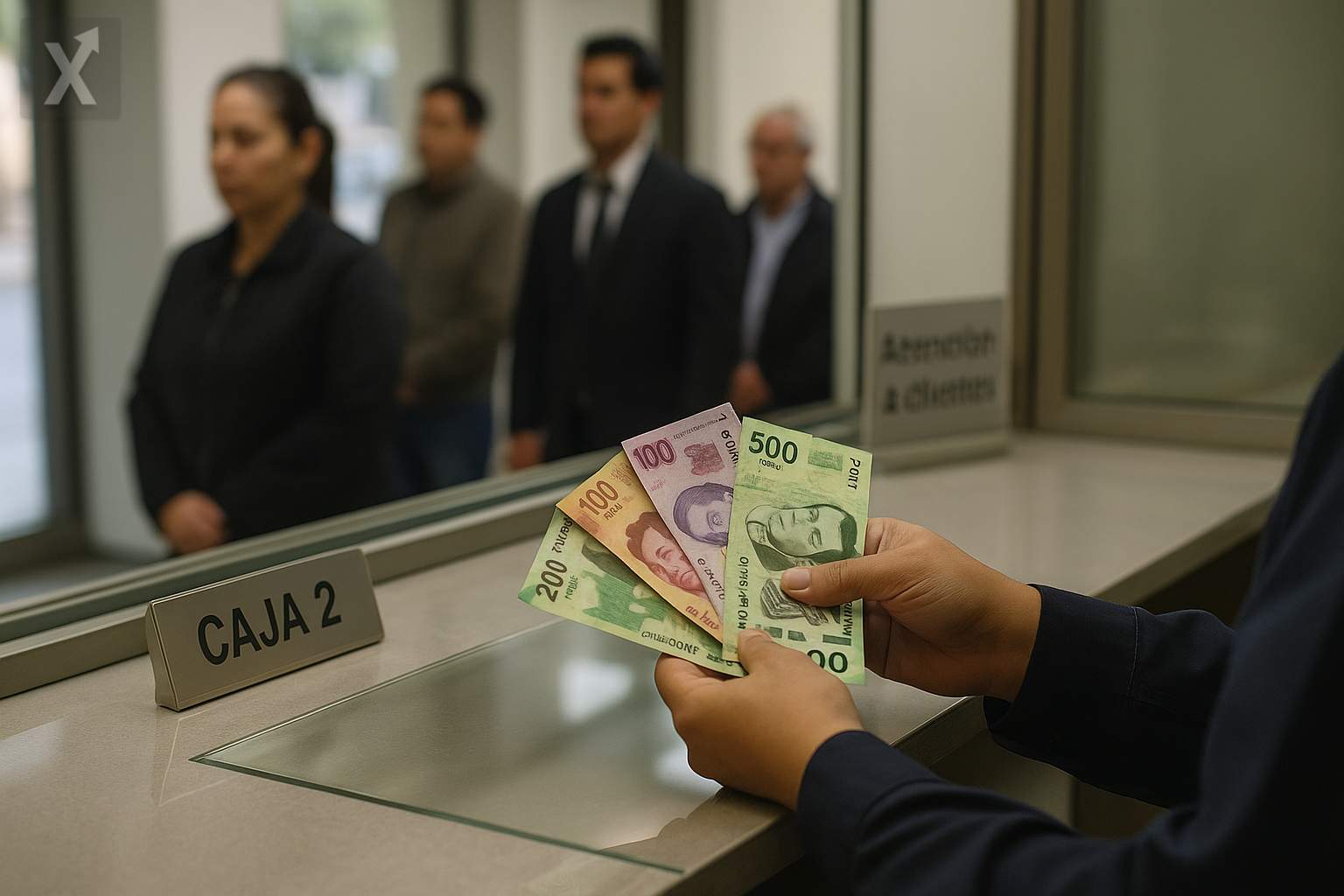Remittance Slowdown Impacts Mexican Households in 2025 Amid U.S. Economic Context

Remittances sent to Mexico—vital for millions of families—have registered a significant decline in recent months, with a projected decrease of around 4% for 2025, the largest drop since the 2009 global financial crisis. Experts attribute this trend to a slowdown in the U.S. labor market and the strength of the peso against the dollar, both of which are jointly reducing the flow and real value of these transfers.
According to data from Mexico’s central bank (Banco de México), the country received $5.201 billion in remittances in June, representing a 16% drop compared to the same month in 2024. Financial analysts, such as Gerónimo Ugarte, chief economist at Valmex, mainly attribute this setback to a slowdown in the U.S. economy. “Those who send remittances often work in cyclical economic sectors that are more exposed to the swings of the U.S. economic cycle,” Ugarte noted.
The strengthening of the peso against the dollar is also putting pressure on the purchasing power of remittances, as the same amount sent from abroad yields less when converted to local currency. This is compounded by a real erosion of the disposable income of Mexican households—a situation that became particularly apparent in June, when the real decrease in remittance income was similar in magnitude to the nominal drop in dollar terms.
Although there are concerns about the possible effects of stricter migration measures in the U.S.—such as deportations or potential taxes on future remittances—specialists believe that these factors have not been decisive in shaping the recent trends in remittance flows. According to Banamex analysts, the challenging environment for migrant workers and the low job creation prospects in the U.S. will continue to intensify the downward trend.
At the state level, the decline in remittance receipts has had a differing impact. While states like Guanajuato, Michoacán, and Jalisco continue to account for the largest share of total remittances received, the steepest reductions in June were seen in Sinaloa and Mexico City, each registering a 25.5% decline. In contrast, Baja California saw a 16.8% annual increase, highlighting the regional disparities that characterize this phenomenon.
The reduction in remittance flows could have notable implications for Mexico’s economy—particularly in rural communities and in sectors where these funds are essential for household spending and well-being. Moreover, the decline in remittances may limit access to goods and services, increasing vulnerability for certain segments of the population in an environment of persistent inflation and ongoing global economic uncertainty.
If the projected decrease for 2025 is confirmed, Mexico will experience its largest annual drop in remittances since 2009. This underscores the dependence of large segments of the population on migration flows and the performance of the U.S. labor market, both subject to economic cycles and external policies. The recent trend highlights the need for stronger domestic strategies to diversify income sources and bolster the purchasing power of the most vulnerable households in the face of external shocks.
In short, the downward trend in remittances poses an economic challenge for Mexico, particularly for families who depend on this income. The combination of external factors—such as the U.S. job market and currency exchange rates—makes it necessary to rethink public policies that protect affected households and promote alternative pathways for local economic development.
Looking ahead, the evolution of remittances will remain closely linked to how the U.S. economy performs, while income diversification and strengthening the internal economy are emerging as priorities to reduce the vulnerability of sectors dependent on these inflows.






